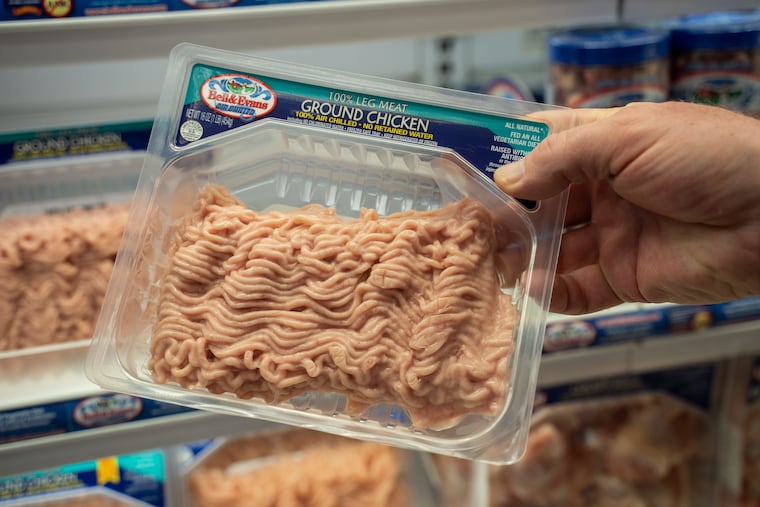Bell & Evans chicken has unsafe levels of salmonella, USDA says
Central Pennsylvania poultry processor Bell & Evans, a favorite among upscale grocers, has been grappling with a salmonella problem as it looks to boost production.

Central Pennsylvania poultry processor Bell & Evans, a favorite among upscale grocers, has been grappling with a salmonella problem as it looks to boost production.
